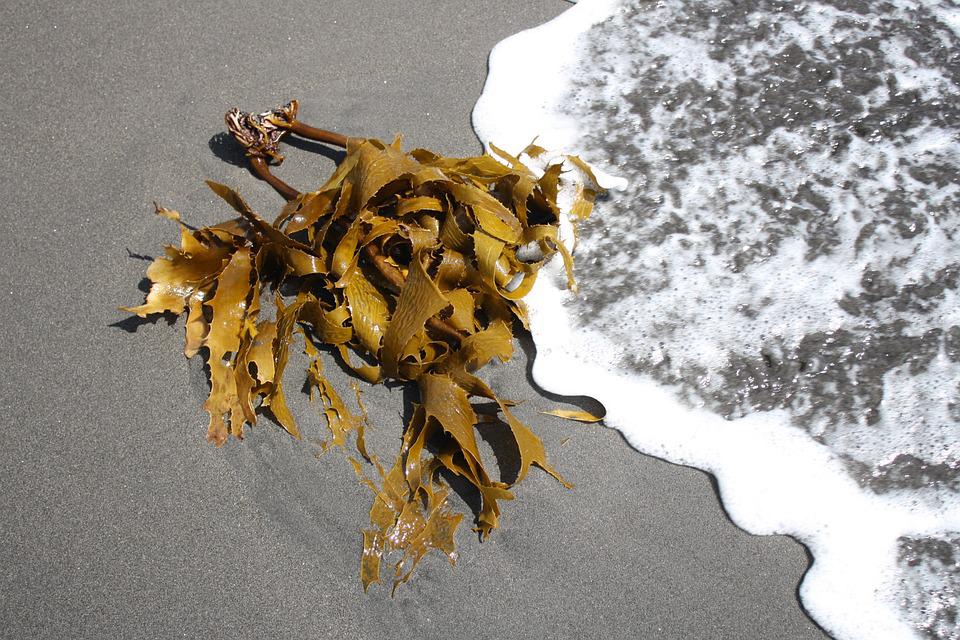Picture from pixabay.com.
Just something green and slimy floating in the water or brown smelly stuff washed up at your local beach? No, seaweed is so much more than that!
In fact, there are about 12,000 different species of seaweed in the world, with around 600 of them to be found around the coast of the UK. There are three main colour types of seaweed: brown, green and red, with the larger brown seaweeds being amongst those most commonly seen along UK shores.
Historic Usage & Food Applications
When it comes to the use of seaweed in the UK, it has already been used by coastal communities for its many beneficial qualities for centuries, particularly as a food, feed and soil enricher. So, if you thought that seaweed was a new hype, think again.
Throughout history, seaweed has also been used for soap and glass production, bleaching linen and as a source of dietary iodine because some types of seaweed have high levels of this mineral. Seaweed is also something that you might consume almost every day without knowing it. This is because seaweed is used to produce hydrocolloids, a thickening and gelling agent used in various food products. Accordingly, the next time you eat ice cream, jelly, pudding, drink a milkshake or brush your teeth with toothpaste, you will most likely consume a type of red seaweed. Nevertheless, seaweed has great potential to feed our growing population because, alongside containing many valuable nutrients (vitamins A, B, C, E, K, iodine and calcium), seaweed can offer a plant-based alternative to protein. Maybe try a seaweed burger for your next barbecue? Or start by using some dried seaweed flakes to flavour your food and reduce the need for salt.

Picture from pixabay.com.
Seaweed Innovations Helping Our Environment
Other exciting applications of seaweed include its use in making animal feed, biofuels, textiles, cosmetics, and in creating biodegradable alternatives to plastics. Did you know that scientists have found that seaweed reduces methane production in cows’ stomachs when added to their feed? This could be excellent news for our environment as methane is a potent greenhouse gas that warms our Earth. To better understand the amount of methane produced by cattle, one year of burps from one cow generates the same greenhouse gas effect as driving from here in Norfolk to Southern Argentina. Hence, lowering methane emissions from cattle is a great way to reduce the agricultural industry’s impact on the climate. Another newer use of seaweed is making alternatives to the long-lasting plastics made from chemicals derived from gas, oil and coal. You might have heard of the recent Earthshot Prize winner Notpla? They create biodegradable plastic materials from seaweed that replace the high-carbon chemicals in plastics with seaweed extracts. Sounds impressive? It is!

Picture from pixabay.com.
Establishing Local Seaweed Supply Chains to Benefit Norfolk
With the SEA project, we aim to identify Norfolk’s opportunity to create a seaweed industry with local supply chains. This means that we want to do both the production of seaweed and the manufacturing of seaweed products in our region. With this, we hope to create local green jobs, support coastal communities in Norfolk, and ensure that our region benefits from locally farmed seaweed and seaweed-derived products in agriculture, packaging manufacture and food applications with more.
Want to learn more about seaweed? Keep an eye out on our SEA project webpage for further blogs and project updates!
This blog was written with great help from Dr Gill Malin, SEA project contributor and Reader at the University of East Anglia specialising in Biological Oceanography.


